When it comes to combating fires, firefighters rely on various tools and equipment to effectively suppress the flames and save lives. One crucial piece of equipment in their arsenal is the foam fire truck. These specialized vehicles are specifically designed to generate and apply firefighting foam, a powerful tool that enhances the suppression capabilities of traditional water-based systems. In this article, we will explore the inner workings of a foam fire truck and understand how it generates and applies firefighting foam for effective fire suppression.
To comprehend the functioning of a foam fire truck, it is essential to first understand the purpose and properties of firefighting foam. Foam is a versatile fire suppressant that provides several advantages over water alone. It forms a thick blanket on the burning surface, preventing the release of flammable vapors and cutting off the oxygen supply necessary for combustion. Additionally, the foam has excellent cooling properties, which can rapidly lower the temperature of the fire, reducing the likelihood of re-ignition.
Now, let’s dive into the process of how a foam fire truck generates and applies firefighting foam. The primary components of a foam fire truck include the foam concentrate, water supply, foam proportioning system, and delivery mechanism.
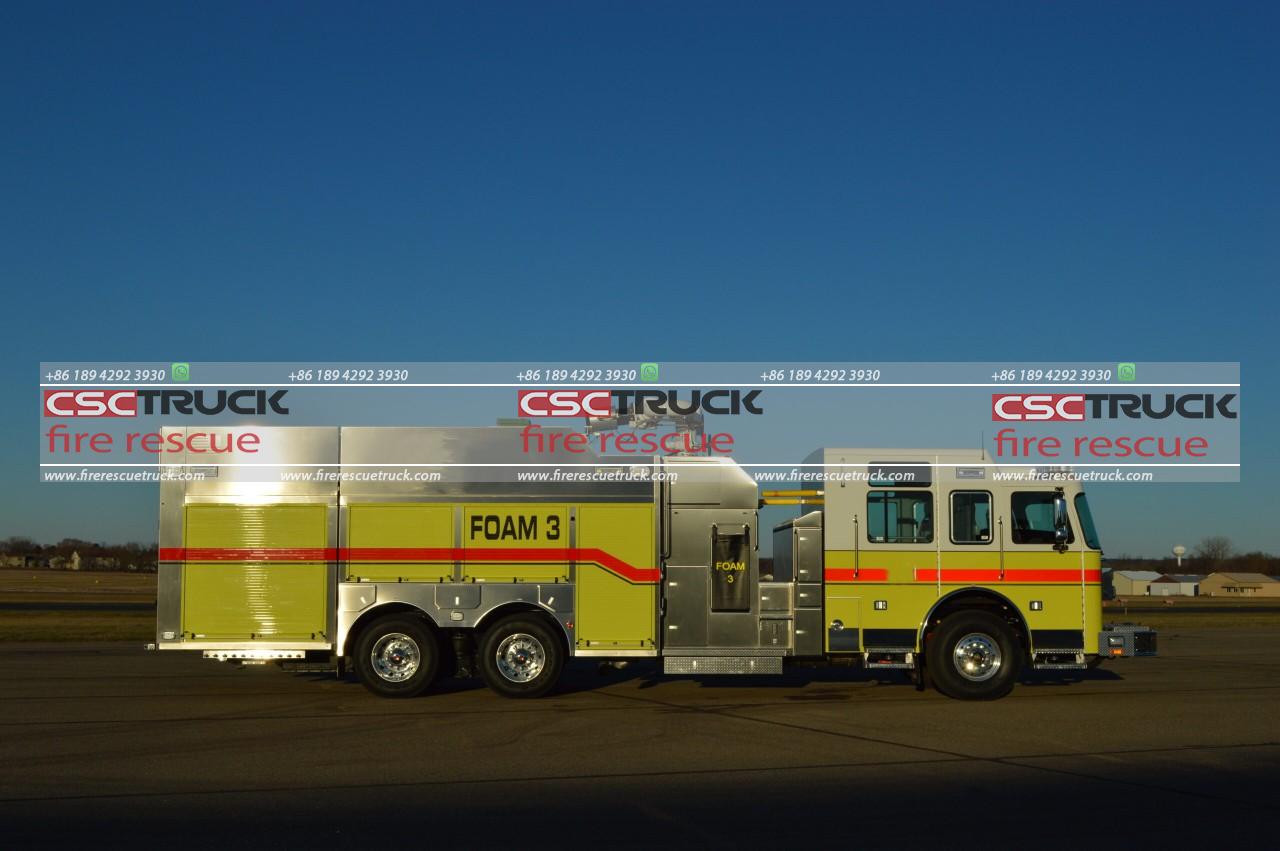
The foam concentrate is a specialized liquid or chemical that, when mixed with water, produces the foam solution. The concentrate is typically stored in dedicated tanks on the fire truck. It is important to note that different types of foam concentrates exist, each suitable for specific fire scenarios. The selection of the appropriate concentrate depends on factors such as the type of fuel involved, fire size, and environmental conditions.
The foam fire truck is equipped with a water supply, which is connected to a pump capable of delivering high-pressure water. This water supply is the base ingredient for the foam solution and is essential for the foam generation process. The water is mixed with the foam concentrate at a specific ratio to produce the foam solution.
To achieve the desired foam concentration, foam fire trucks employ a foam proportioning system. This system accurately combines the water and foam concentrate in the correct proportions. There are various methods of proportioning, including inline proportions, bladder tanks, and foam inductors. These systems ensure the consistency and effectiveness of the foam produced.
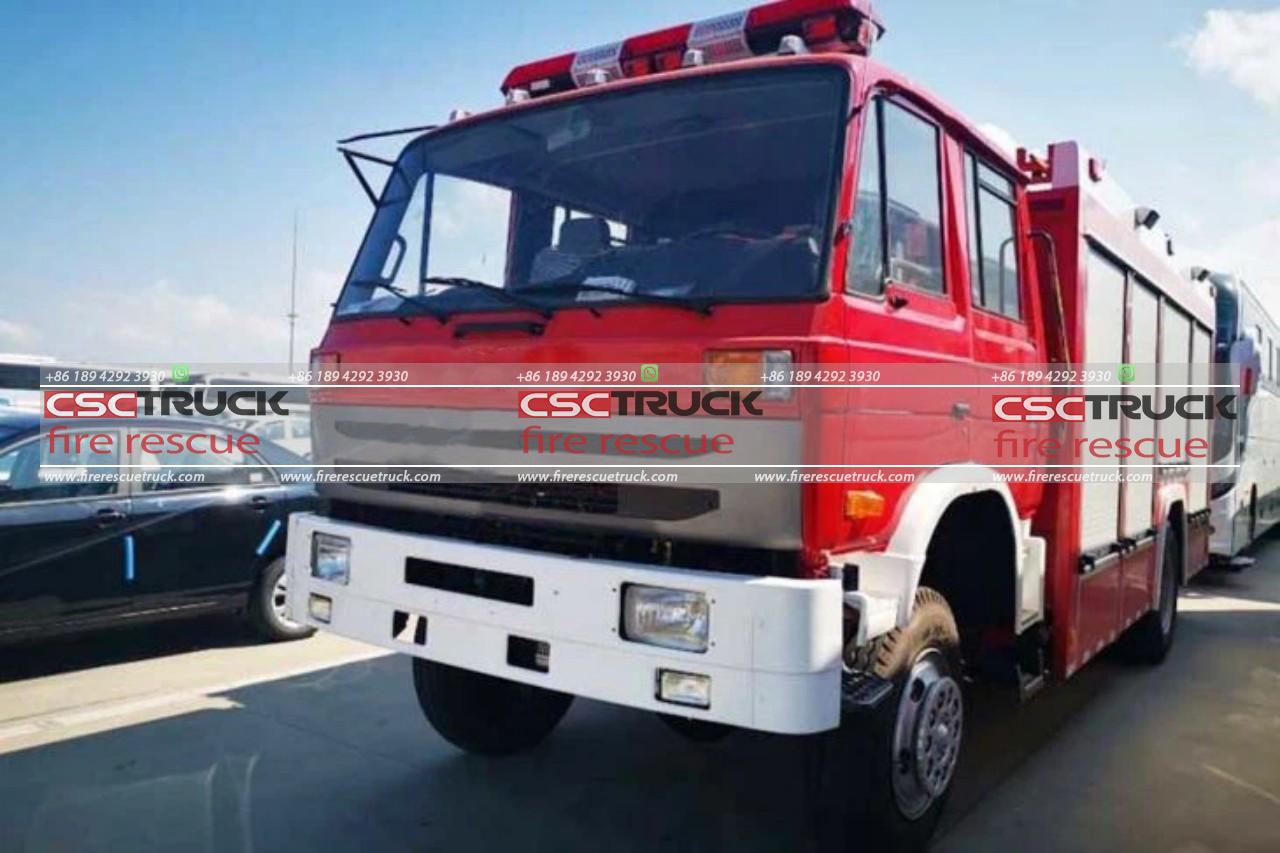
Once the foam solution is properly proportioned, it is ready for application. Foam fire trucks are equipped with specialized delivery mechanisms, such as foam cannons, nozzles, or monitors, which are capable of producing a high volume of foam. These delivery mechanisms can be manually operated by firefighters or controlled remotely from within the fire truck.
The foam cannon, for instance, is a common tool found on foam fire trucks. It projects a powerful stream of foam over the fire, covering a large area quickly. Foam nozzles, on the other hand, are designed for more precise application, allowing firefighters to target specific areas or objects. Foam monitors are large, adjustable nozzles capable of delivering a significant volume of foam over long distances. These delivery mechanisms provide flexibility and adaptability to the firefighting operation, allowing firefighters to tailor their approach based on the fire dynamics and conditions at hand.
In addition to generating and applying foam, foam fire trucks often feature other firefighting capabilities. They may include water cannons or high-pressure water nozzles for conventional water-based firefighting. This combination of foam and water-based systems allows firefighters to adapt to different fire scenarios and select the most effective suppression method.
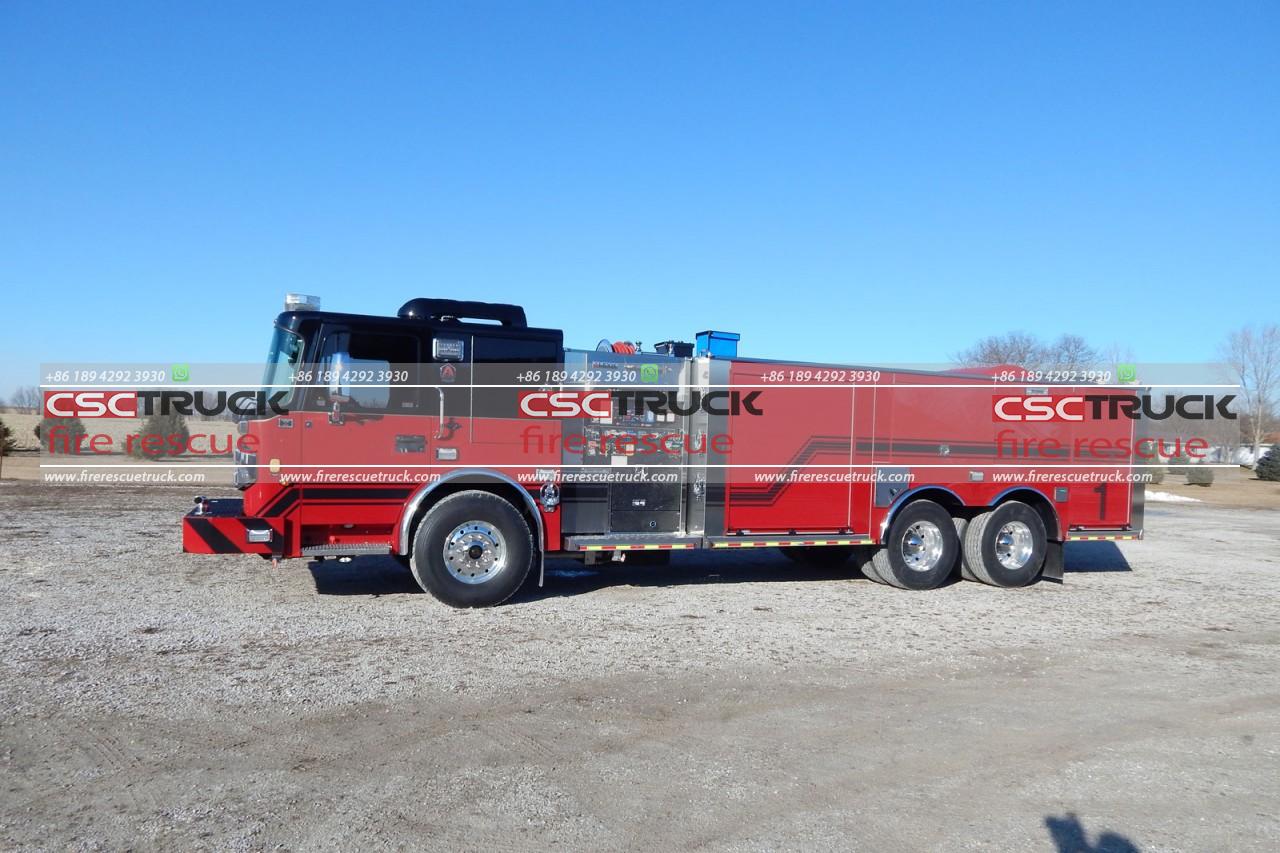
Foam fire trucks are an integral part of the modern firefighting fleet, offering enhanced capabilities in combating various types of fires. Their ability to generate and apply firefighting foam efficiently significantly improves fire suppression effectiveness. The foam blanket created by these trucks helps smother flames, cools down the fire, and reduces the risk of re-ignition.
In conclusion, foam fire trucks play a vital role in modern fire suppression strategies. By generating and applying firefighting foam, these specialized vehicles provide an effective means of controlling and extinguishing fires. The combination of foam concentrate, water supply, foam proportioning system, and delivery mechanisms allows firefighters to tackle fires with greater efficiency and adaptability. As technology continues to advance, foam fire trucks will undoubtedly evolve, further enhancing their firefighting capabilities and contributing to safer communities around the world.
Furthermore, foam fire trucks are not only effective in suppressing fires, but they also offer several advantages over traditional water-based firefighting methods. One of the key advantages is the ability of foam to adhere to vertical and horizontal surfaces, creating a longer-lasting barrier between the fuel and the surrounding air. This extended contact time helps to smother the fire and prevent re-ignition, making foam particularly useful for combating flammable liquid fires.
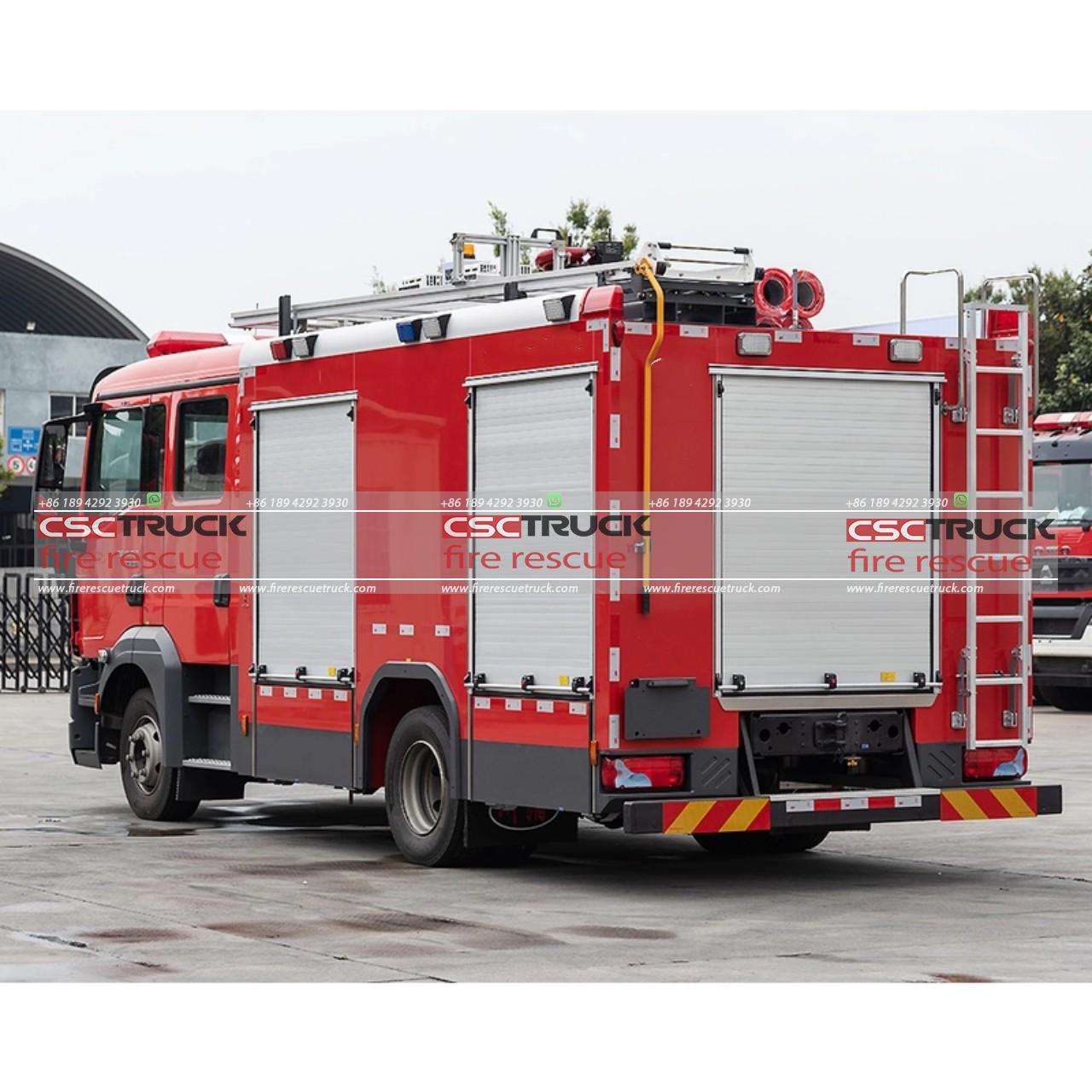
Foam fire trucks are commonly utilized in a wide range of scenarios, including industrial fires, fuel storage facilities, airports, chemical plants, and even large-scale incidents such as wildfires. The versatility of foam as a firefighting agent allows firefighters to effectively tackle fires involving different types of fuel, including hydrocarbons like gasoline and diesel, as well as flammable liquids and solids.
The effectiveness of foam fire trucks in combating fires is also influenced by the specific application techniques employed by firefighters. When approaching a fire scene, the initial goal is to establish a safe perimeter and assess the situation. Firefighters will evaluate the fire size, fuel type, and potential hazards to determine the appropriate foam concentration and application method.
In some cases, firefighters may opt for a direct attack, which involves applying the foam solution directly onto the burning fuel using handheld nozzles or monitors. This method is particularly useful when dealing with small fires or when targeting specific areas, such as the base of a liquid fuel fire. By directly applying the foam, firefighters can rapidly cool the fuel surface and form a protective layer that prevents the release of flammable vapors.
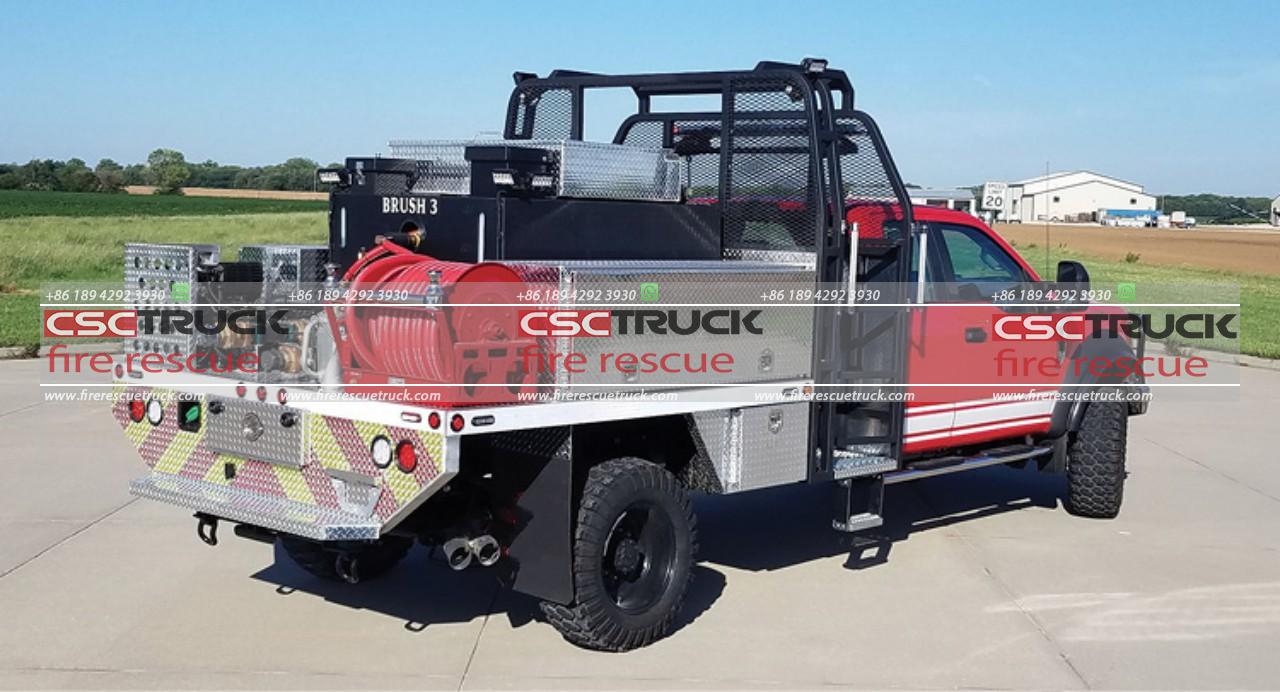
Alternatively, firefighters may choose an indirect attack strategy, especially when dealing with larger fires or fires in confined spaces. In an indirect attack, foam is applied to adjacent surfaces, such as walls or ceilings, allowing it to flow down and cover the burning fuel. This method creates a foam blanket that suppresses the fire by cutting off the oxygen supply and preventing the spread of flames.
Foam fire trucks are also equipped with features that enhance their operational efficiency and safety. These features may include integrated foam mixing systems, advanced control panels, and monitoring devices. The foam mixing systems ensure accurate and consistent foam generation, while control panels provide firefighters with precise control over foam delivery and application. Monitoring devices, such as flow meters and pressure gauges, allow firefighters to monitor the foam solution‘s effectiveness and make adjustments if necessary.
It is worth noting that the effectiveness of foam as a firefighting agent relies on proper training, knowledge, and understanding of its properties. Firefighters undergo extensive training programs to familiarize themselves with the operation of foam fire trucks and the principles of foam application. They learn to assess fire dynamics, select the appropriate foam concentrate, determine the required foam/water ratio, and choose the most effective application method for each specific situation.
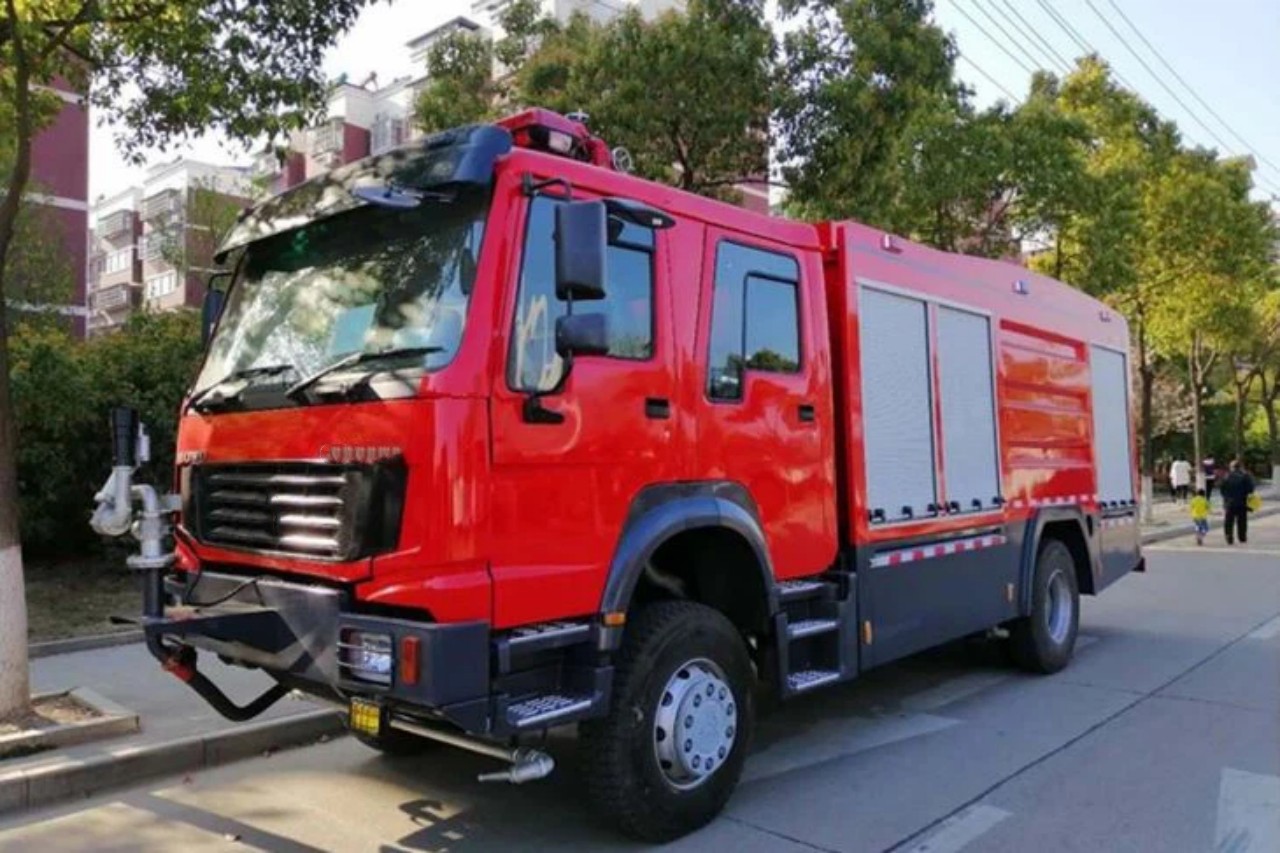
In conclusion, foam fire trucks play a crucial role in modern firefighting operations. By generating and applying firefighting foam, these specialized vehicles significantly enhance fire suppression capabilities. Their ability to create a foam blanket that smothers the flames, cools the fire, and prevents re-ignition makes them an invaluable asset in firefighting scenarios involving flammable liquids and solids. With continued advancements in technology and ongoing training for firefighters, foam fire trucks will continue to evolve, ensuring more effective and efficient fire suppression and contributing to the safety of communities worldwide.







